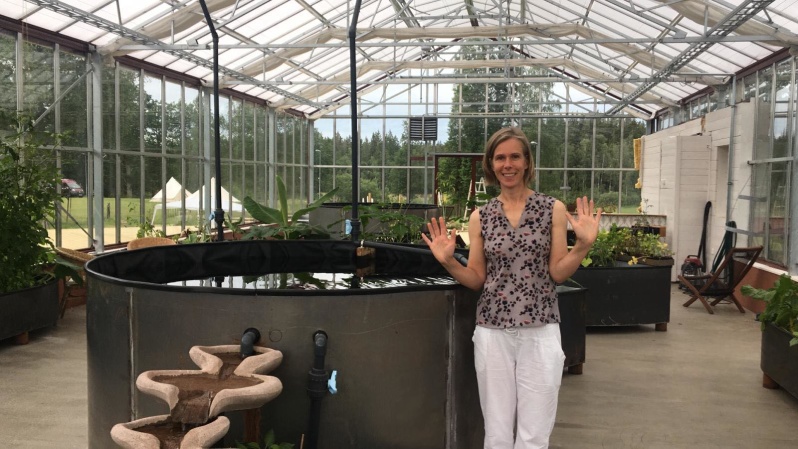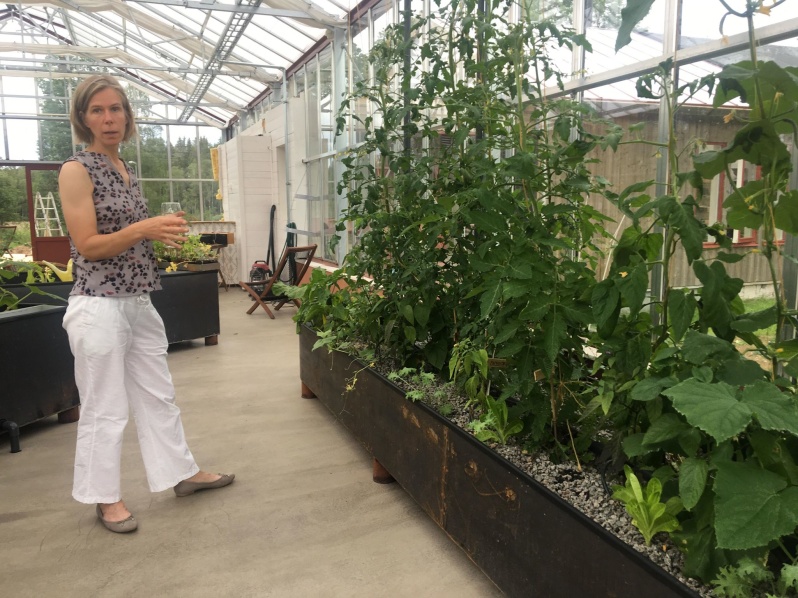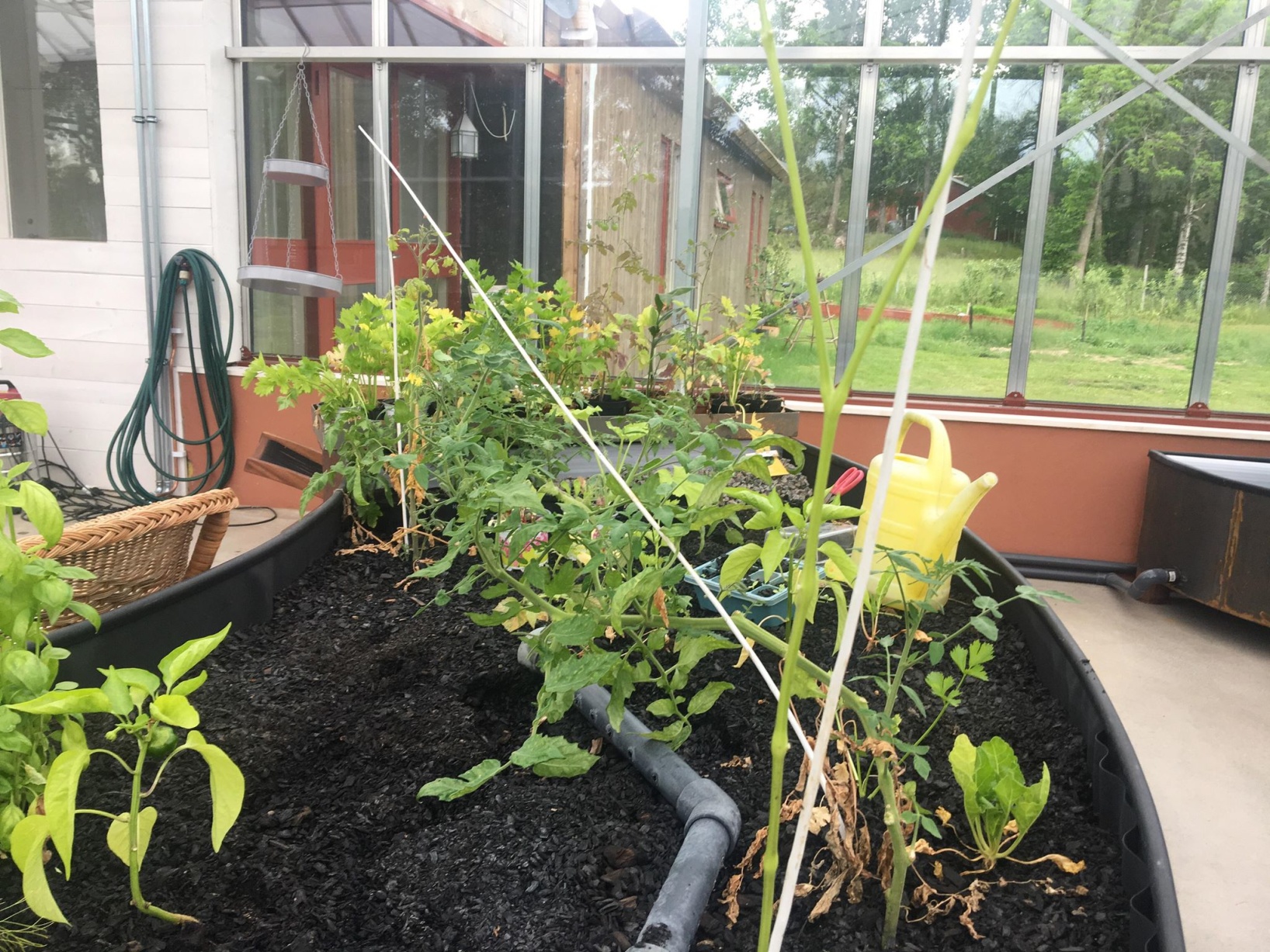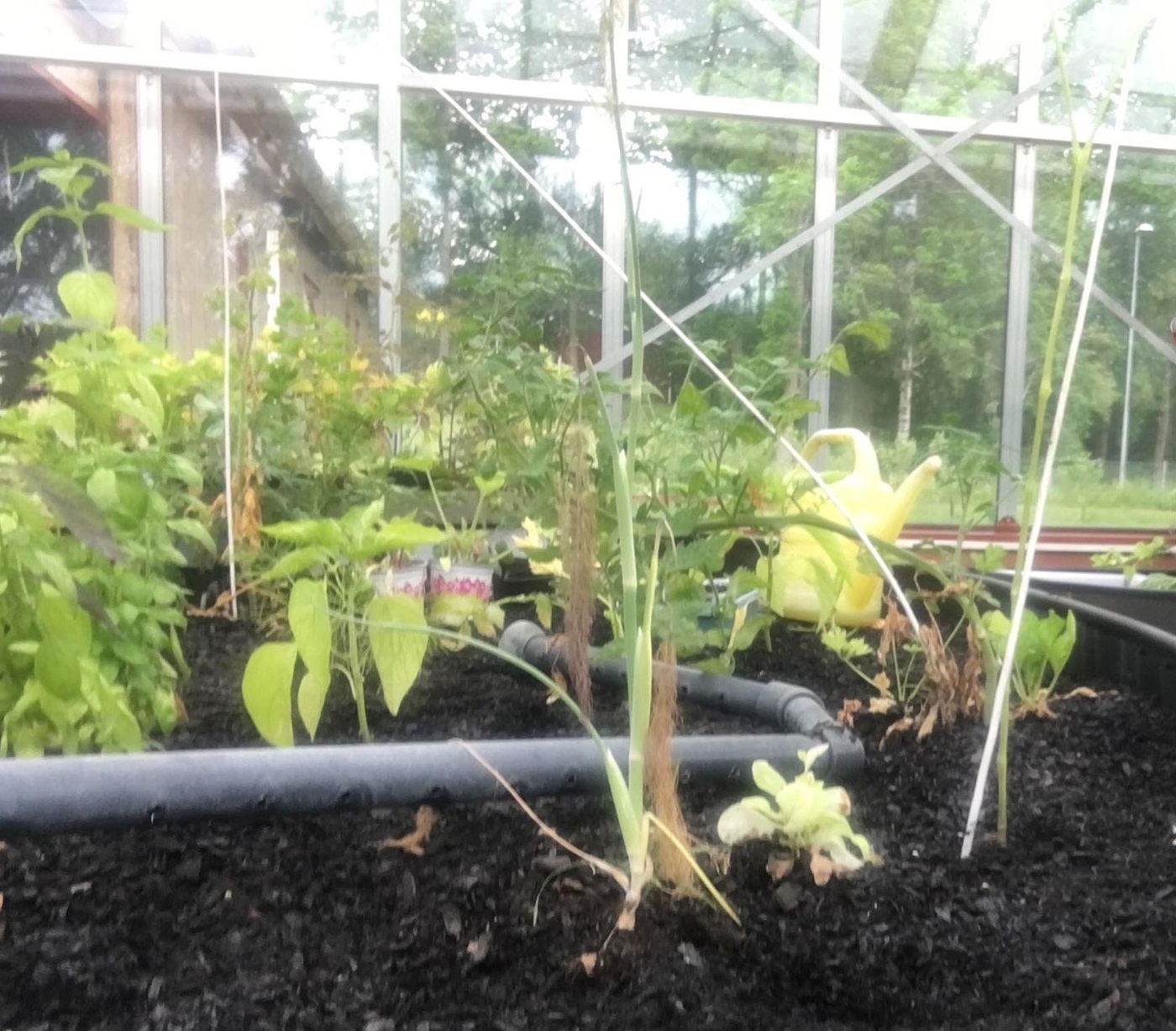

Aquaponics Farming
Many have asked us what is an aquaponics farm, and why did we invest in building one? Let’s start with the basics. Aquaponics is a sustainable agriculture method that combines aquaculture, (the cultivation of fish, shellfish and algae etc.) with hydroponics (the cultivation of plants in water) in a synergetic environment. In other words, plants would grow on “raft” floating on water connected to a fish tank. An aquaponics farm is more efficient, requires less space and replaces the traditional way of farming food in soil.
This is possible because fish eats and produces ammonia. With the help of certain bacteria in the system, it would be converted to nutrients for the plants. The water is also continuously being reused in the system so you wouldn’t have to change the water in years.
In traditional aquaculture system, the faeces are collected in the water which eventually becomes toxic to the fish. However, in an aquaponics system the water is led to the hydroponic system. Where the faeces are broken down and then filtered by the plants that take up the nutrients. The purified water is then returned to the aquaculture system. So, the water in the system can be used for years even a decade.

The benefits
The environmental benefit is that it requires:
- Less overall water consumption for the cultivation
- Less maintenance needed than traditional soil based agriculture. Only need to input water once every decade and feeding the fish.
- No synthetic fertilizers needed, the fish provides all the natural nutrients.
- Few to none pesticides. The different plants in the system can eliminate pests.
- Little to no chemical usage. The system is less susceptible to disease.
- As well as, plants in aquaponics may grow better, faster and more compared to planting in soil.
- Multiple plants and fish can be grown in the same system. Meaning you can have a fish and plant farm
simultaneously. - Also with an aquaponics farm, visitors can have “Right here, Right now” food experiences because of how fast the plants are gorwing.
Similar to the concept of locally sourced, “Right here, Right now” takes it a step further by having visitors pick ingredients, cook and eat at the same place. It reduces the need for transportation and other unnecessary processes. Visitors can make delicious dishes using only ingredients from the farm. It is a way to spread sustainability awareness and educate others on more sustainable food production system.

How does a typical setup look like?
How the farm looks like heavily depends on your setup. However, one crucial requirement is that you will need a lot of space. Typically, you will need a large greenhouse to set it up. Some managed to save space by having the plant “raft” float directly on top of the fish tank. It requires a lot of trial and error for you to figure out which type of setup suits you.
Since we own quite a bit of land, we had the space to build a greenhouse for the system. For us, we figured that the best way is to have the fish tank separated from the plants’ tank. We connected them with pipes to allow water flow. This way we could monitor the tanks easily. If something went wrong with one tank, we have the possibility to correct the problem before it affects the other tank.
Why did we do it?
We wanted to strive for sustainability through our actions. As we are putting more stress on our finite resources, it is only natural for people to look for sustainable alternatives. Investing in an aquaponics farm would only benefit our land in the long term.
As well as, to show our visitors what rural businesses are doing for the environment and to raise awareness. This isn’t the first sustainability project on our land, and we are not slowing down. The “Right here, Right now” concept also provides an unique experience to our visitors.
